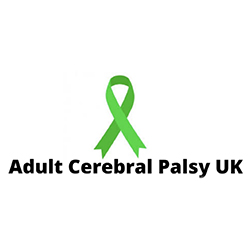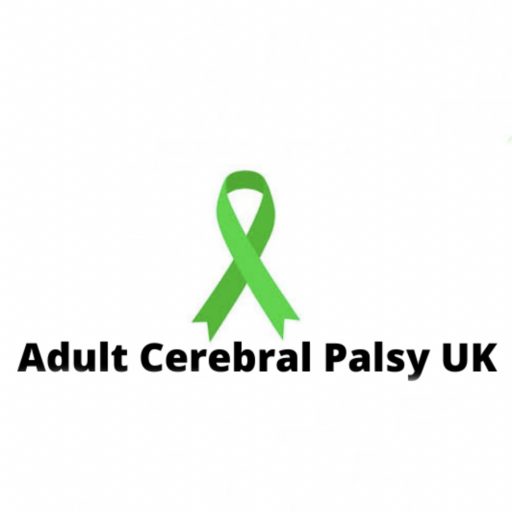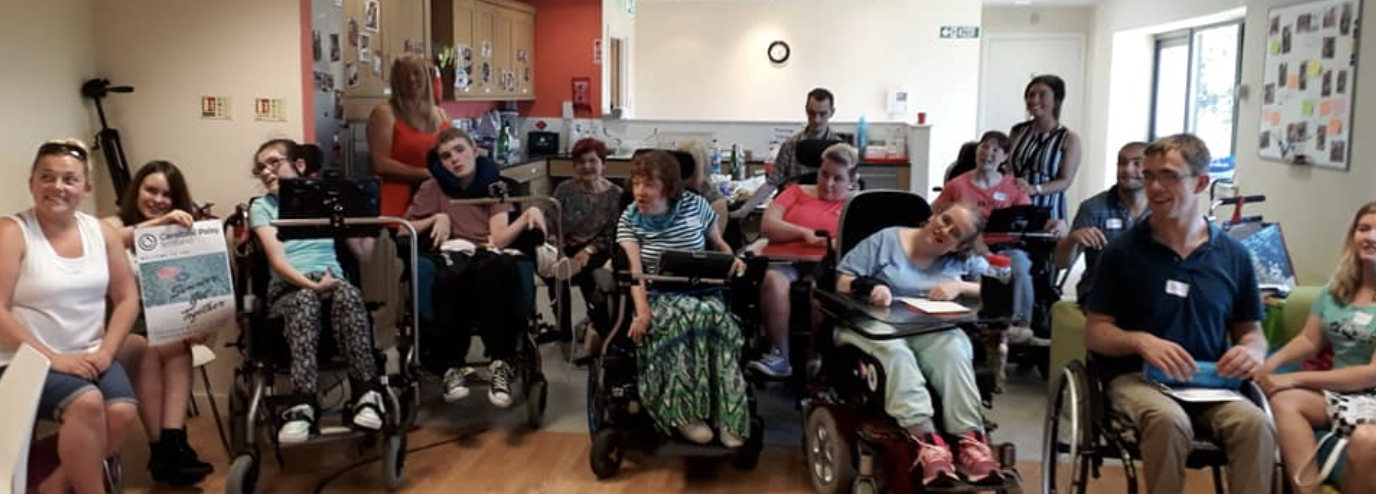More about Cerebral Palsy
Cerebral Palsy (CP) affects the motor area of the brain’s outer layer (called the cerebral cortex), the part of the brain that directs muscle movement.
In some cases, the cerebral motor cortex hasn’t developed normally during fetal growth. In others, the damage is a result of injury to the brain either before, during, or after birth. In either case, the damage is not repairable and the disabilities that result are permanent.
People with CP exhibit a wide variety of symptoms, including:
- lack of muscle coordination when performing voluntary movements (ataxia);
- stiff or tight muscles and exaggerated reflexes (spasticity);
- weakness in one or more arm or leg;
- walking on the toes, a crouched gait, or a “scissored” gait;
- variations in muscle tone, either too stiff or too floppy;
- excessive drooling or difficulties swallowing or speaking;
- shaking (tremor) or random involuntary movements;
- difficulty with precise movements such as writing or buttoning a shirt.
The symptoms of CP differ in type and severity from one person to the next, and may even change in an individual over time. Symptoms can vary greatly among individuals, depending on which parts of the brain have been injured. All people with cerebral palsy have problems with movement and posture, and some also have some level of intellectual disability, seizures, and abnormal physical sensations or perceptions, as well as other medical disorders. People with CP also may have impaired vision or hearing, and language, and speech problems.
CP is the leading cause of childhood disability, but doesn’t always cause profound disabilities. Whilst one person with severe CP might be unable to walk and need extensive, lifelong care, another with mild CP might be only slightly awkward and require no special assistance. The disorder isn’t progressive, meaning it doesn’t get worse over time. However, as the person ages, certain symptoms may become more or less evident.
There is no cure for Cerebral Palsy, but supportive treatments, medications, and surgery can help many individuals improve their motor skills and ability to communicate with the world.
Health Challenges…
One of the main reasons why support is so desperately needed for adult CP sufferers is the range of physical and mental health challenges they face:
Premature aging. Many people with CP will experience some form of premature aging by the time they reach their 40s due to the extra stress and strain the disease puts upon their bodies. CP can cause some organs to be underdeveloped and, as a result, other organs such as the cardiovascular system (the heart and arteries) and lungs have to work harder causing them to age prematurely.
Issues at work. The day-to-day challenges of the workplace are likely to increase as an employed individual with CP reaches middle age. This can restrict the ability to carry out their work without accommodations such as an adjusted work schedule, assistive equipment, or frequent rest periods.
Depression. Mental health issues can also be of concern as someone with cerebral palsy grows older. The rate of depression is upto four times higher in people with cerebral palsy. It appears to be related not so much to the severity of their disabilities, but to how well they cope with them. The amount of emotional support someone has, how successful they are at coping with stress, and whether or not they have an optimistic outlook on life all has an impact on their mental health.
Post-impairment syndrome. This syndrome is marked by a combination of pain, fatigue, and weakness due to muscle abnormalities, bone deformities, overuse syndromes (sometimes also called repetitive motion injuries), and arthritis. Fatigue is often a challenge, since individuals with CP may use up to five times the amount of energy that able-bodied people use when they walk and move about.
Degenerative arthritis. Musculoskeletal abnormalities that may not produce discomfort during childhood can cause pain in adulthood. For example, the abnormal relationships between joint surfaces and excessive joint compression can lead to the early development of painful osteoarthritis and degenerative arthritis. Individuals with CP also may have limited strength and restricted patterns of movement, which puts them at risk for overuse syndromes and nerve entrapments.
Pain. Individuals with CP may have pain that can be acute (usually comes on quickly and lasts a short while) or chronic, and is experienced most commonly in the hips, knees, ankles, and the upper and lower back. Individuals with spastic CP may have an increased number of painful sites and worse pain than those with other types of cerebral palsy.
Other medical conditions. Adults have higher than normal rates of other medical conditions secondary to their cerebral palsy, such as hypertension, incontinence, bladder dysfunction, and swallowing difficulties. Scoliosis is likely to progress after puberty, when bones have matured into their final shape and size. People with CP also have a higher incidence of bone fractures, occurring most frequently during physical therapy sessions.
Many of these conditions cannot be changed, but a robust support framework, backed up with a free helpline to give gudance and support, will transform life for many of the UK’s 130,000 adult CP sufferers.
Please help us start transforming lives with a £20 donation today (or more if you can afford it) To donate just use the donate button below or go directly to charitysaver.org and donate to us there.




